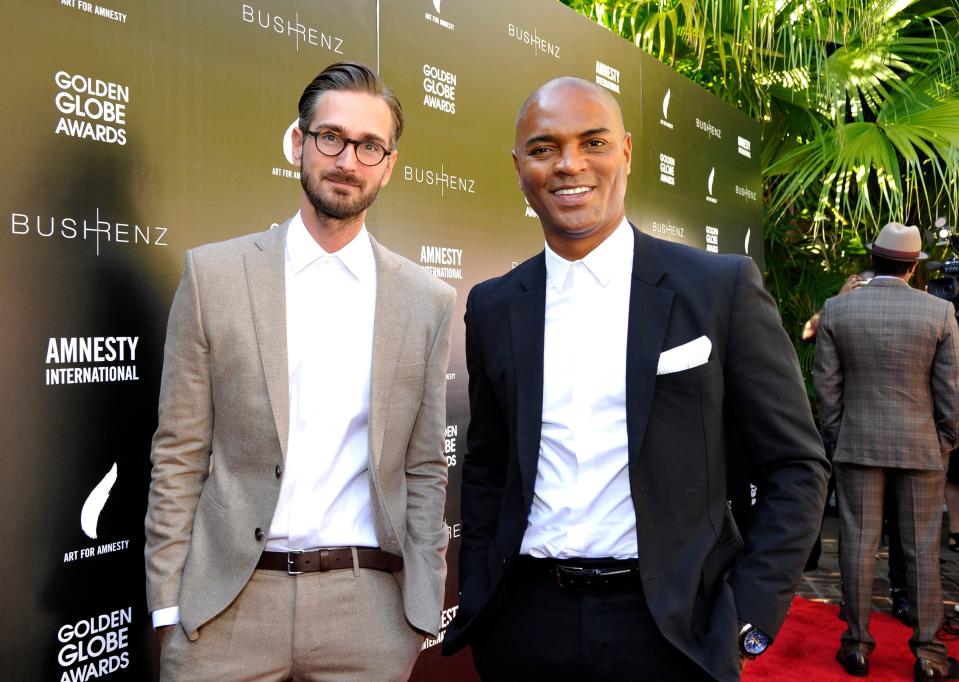How ‘Antebellum’ Turned America’s Relentless Racism Into A Brutal Horror Movie

Warning: Spoilers ahead.
If “Antebellum” plays like a nightmare, that’s because it was born out of one.
The genesis for the horror movie came to co-director Gerard Bush in a dream. The year was 2018. Bush’s father and brother had recently died, leaving him gutted. When he awoke one night, he found himself haunted by images of a woman screaming for help across different dimensions, unable to escape the terror she’d experienced.
The next day, Bush and his partner, Christopher Renz, turned the nightmare into a short story. The woman became Veronica Henley, a contemporary Black academic trapped on an 1800s-style Louisiana plantation. How she got there gave Bush and Renz’s story a topical twist: Veronica had been kidnapped by white supremacists using a Civil War reenactment site to conceal a functioning slave estate. Veronica’s quest to flee her captors formed the backbone of the narrative, which the duo pitched to The New Yorker before deciding to use the material for their first feature-length screenplay.
The results of that screenplay are now available via video-on-demand platforms after the April theatrical release of “Antebellum” was scrapped due to COVID-19. But there’s more to the film than what existed in short-story form.
Bush and Renz wanted a visual motif that would bookend Veronica’s saga, which led to twin sunrises: one at the beginning to introduce the plantation in an immersive six-minute tracking shot that surveys the grounds, and another at the end as Veronica gallops toward freedom — “the dawn of a new day,” as Renz described it to me last month. Both sequences were inspired by “Gone with the Wind.” Bush and Renz wanted to emulate the “intense” oranges and greens of Tara, the well-staffed plantation where Scarlett O’Hara resides. They spent six weeks working with cinematographer Pedro Luque to find the same type of camera lens used for the much-debated 1939 classic.

“What we were trying to achieve is to...



